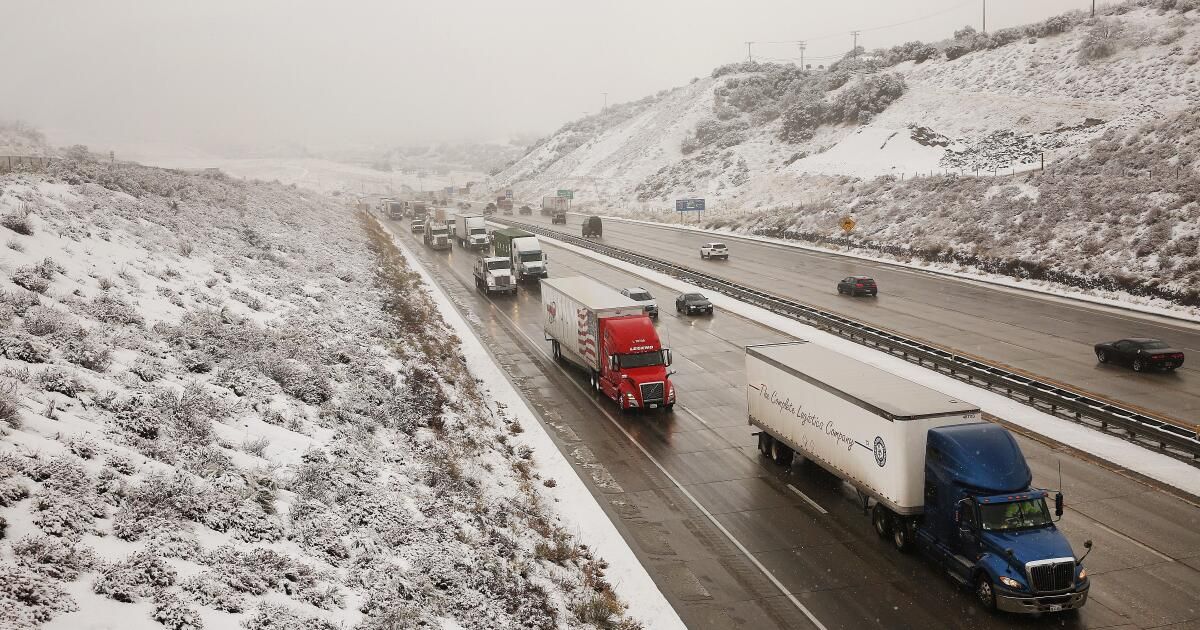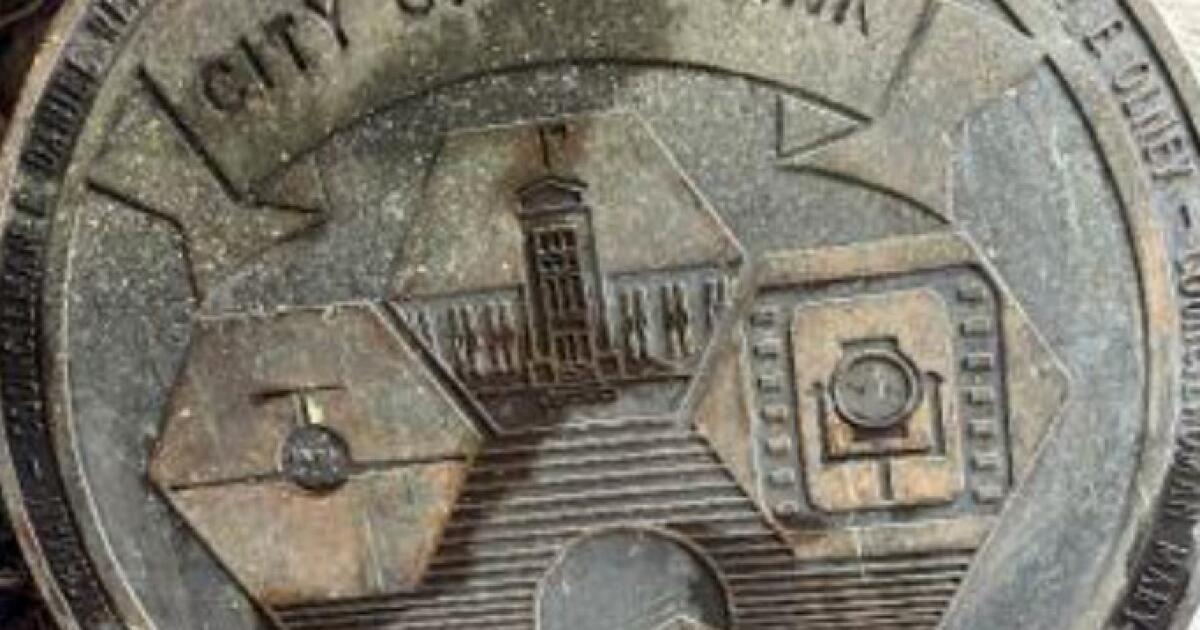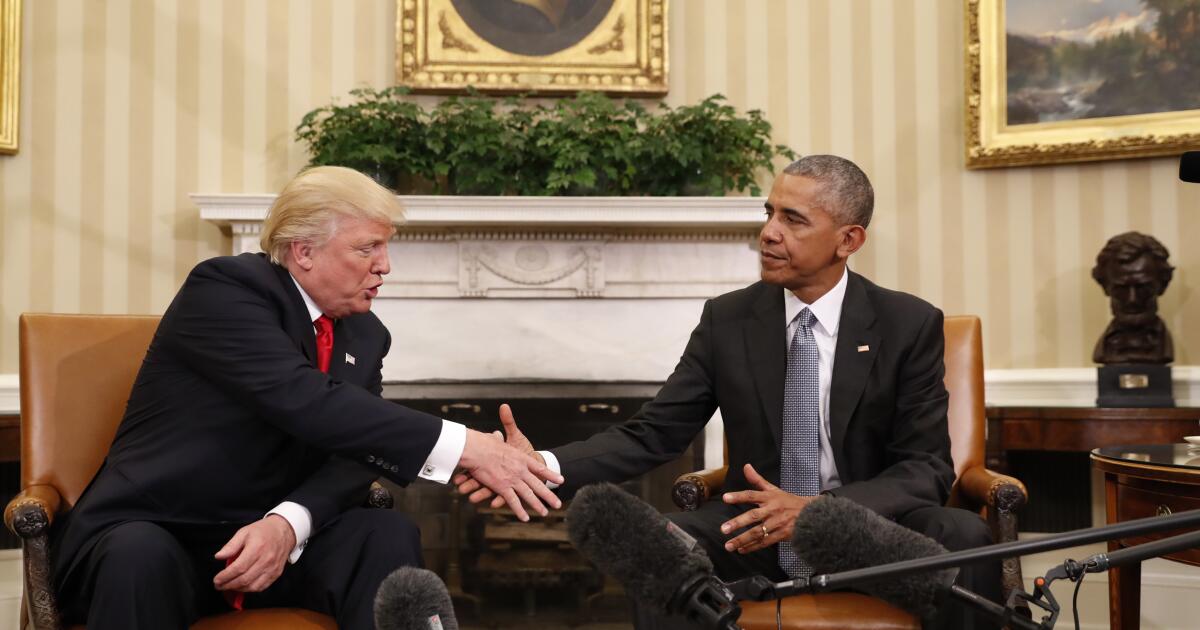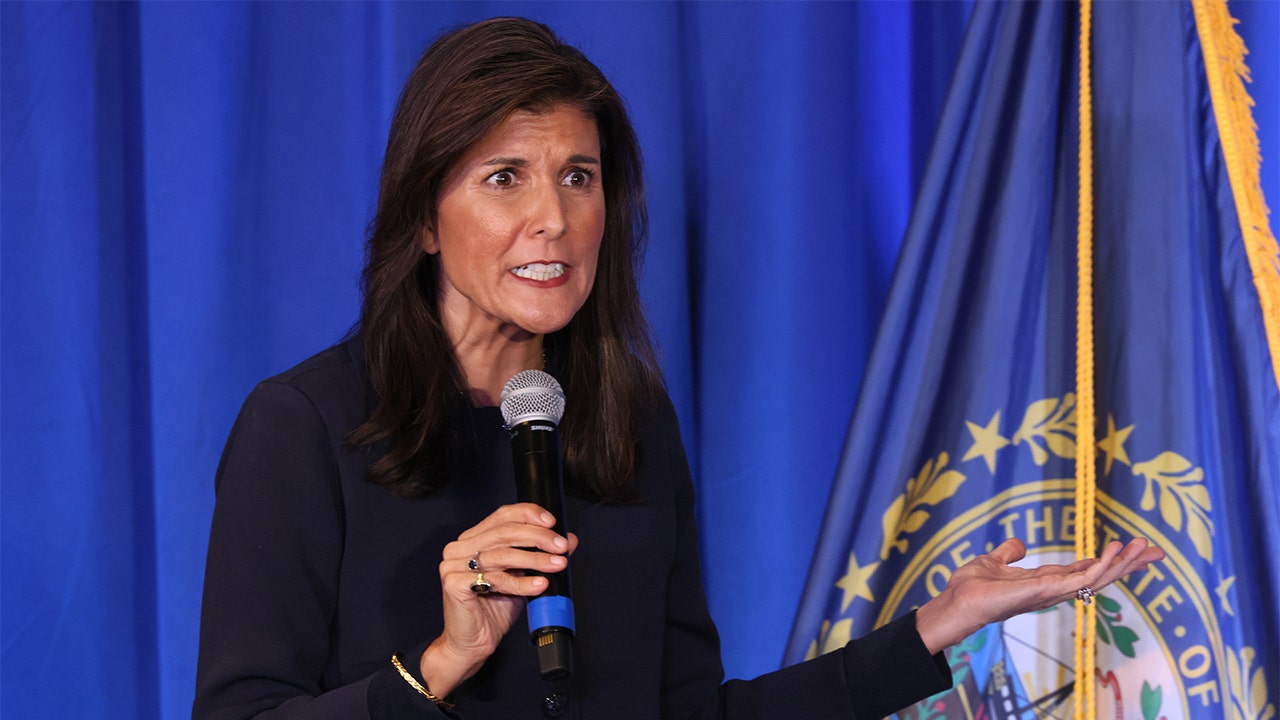We killed Loyd Sigmon twice.
The first time, the universe killed him, in the cosmic way of the universal goodbye, that is, by Someone who was 95 years old.
But their second death? We made it. Death at the hands of technology. Death by erasure. Death by trusting apps over our own brains.
There's no denying that the driving directions app that guides you down the road is milking the name of Loyd Sigmon and his eponymous baby, that beautiful, life-preserving, time-saving Southern California creation: The SigAlert.
A SigAlert is Caltrans's warning to Southern Californians traveling on two or four wheels that there is a Unexpected problem on the road or highway This will take at least half an hour, so be prepared for it.
In the past, many radio stations regularly broadcast traffic reports, and some still do. Some local TV news stations will send you to work, home or a night out with updates on the road. And if you're already on the move, radio stations do the same, but less so than they used to.
Fact Sheet
Get the latest news from Patt Morrison
Los Angeles is a complex place. Luckily, there is someone who can provide context, history and culture.
You may occasionally receive promotional content from the Los Angeles Times.
KIIS and KFI are among those still in the traffic mix, and KNX offers its “five-minute traffic” reports. However, the most requested traffic news is found on K-APP, the mobile apps.
But most of them are without Sig. As people move away from terrestrial radio, they are also moving away from SigAlerts. The word entered the Oxford English Dictionary in the 1990s, but Caltrans says that as far as it knows, “SigAlerts” simply doesn’t appear on the average traffic app.
It would be a real shame if the word SigAlert became obsolete. Navigating the wonderful freeways of Los Angeles is easier with SigAlert's 30,000-foot view, compared to navigating tight spaces on a phone app.
Loyd Sigmon was a radio executive and co-owner (with cowboy magnate Gene Autry) of radio station KMPC. Sig's baby was born 70 years ago this fall, on November 17, when he first demonstrated how he could alert any ordinary person listening to the radio.
Its red light configuration was not as majestic or noble as “What hath God wrought?”—Samuel Morse’s first telegraphic message in Morse code 110 years earlier—but when you are about to face 42,000 pounds of honey spilled while speeding down the 605 freewayYou will not be attentive to poetry.
Other cities have adopted the SigAlert service, but Southern California took it seriously and incorporated it into its vocabulary; it was one of the first things I learned when I got here. It has survived a variety of spellings: Sig Alert, SigAlert, Sigalert, Sig-alert, Sig-Alert. On its own, SigAlert even has its own traffic app, so pop it in your pipe and smoke away, Waze.
Now let me tell you The history of SigAlertbefore it fades into the asphalt.
Loyd Sigmon was born in 1909, the year Guglielmo Marconi and Karl Ferdinand Braun shared the Nobel Prize for “their contributions to the development of wireless telegraphy.”
At military school in Missouri, Sigmon was nicknamed “Radio Bug” by the other boys, and he adopted “Sig” as his amateur radio nickname. One Christmas, he gave his father a crystal radio receiver that relatives said was at least as good as anything Atwater Kent or Stromberg-Carlson had on the market.
Loyd Sigmon with his personalized license plate.
(Bob Carey/Los Angeles Times)
In his late 20s, he was working as an engineer in Kansas City at a station owned by MacMillan Petroleum Co., which he managed to land on local call letters KMPC. Bosses wanted him to work in Los Angeles and tempted him with a ticket west, a rented convertible, a reservation at the Beverly Wilshire and another in the brown derby.
However, shortly afterward, the attack on Pearl Harbor put him in uniform and sent him to Europe, where he ended up running communications for the Supreme Allied Command. His brainchild, the SigCircus, was a truck-mounted mobile radio transmitting unit that sent messages between the United States and Europe, and supposedly between the White House and Downing Street. By the end of the war, he was a lieutenant colonel and returned to Los Angeles convinced that the United States needed to keep its peacetime ears on a war footing.
His first demonstration of the fledgling SigAlert system, in November 1954, was for an audience of military and civil defense officials. His argument: we should all be warned if enemy H-bombs are headed our way.
But Even with a Cold War going onThey ignored Sigmon's baby. He took him to the police and it was a success: an alert that could put emergencies on the airwaves for millions of people in a matter of seconds, a low-tech version of the way people see Amber Alerts now.
Here’s how it worked: Any number of law enforcement officers could call an emergency dispatcher, who would record the information on Sigmon’s receiver-recorder. The dispatcher would then use a red light and a special “subcarrier” tone to alert radio station engineers that the announcement was ready to be transmitted, and radio stations would break into their programming to broadcast it, with the words, “THIS IS A SIGALERT BULLETIN.”
The first SigAlert was issued on labor day It was a Monday in 1955, and the six radio stations that had signed up got word that a train had derailed at Union Station and doctors and nurses were needed. So many showed up that the crowd created its own little hazard.
The first SigAlerts had a more village-like feel, like a town crier. In the first three months, 86 SigAlerts were issued, of which only 36 were due to traffic problems.
The rest were warnings about rabid dogs, warnings to specific people that their pharmacists had accidentally prepared potentially fatal prescriptions, warnings about pending cases. Testing air raid sirensa warning about a flashing light on a certain street corner and a collision of ships in the harbor.

Flooding on Highway 5? This is almost certainly a SigAlert scenario.
(KTLA-TV)
In December 1963, a SigAlert informed Baldwin Hills residents that The dam on the hills above them was about to break.and certainly saved lives. A teenager riding a bicycle was hit by a car and, since he only had his school ID to identify him, a SigAlert was issued and a woman who heard the boy's description recognized him and connected the police to the boy's mother.
The first devices cost about $600. They were initially manufactured by Packard-Bell in collaboration with Sigmon's company, Federal Electronics Corp. The Long Beach Independent described them as a “sleek case” measuring 9 by 8 by 7 inches that plugged conveniently into a wall outlet. Within a year, four dozen cities in California and others in Arizona and Nevada had signed up to the SigAlert system.
Deep down, Sigmon admitted, he thought of this as a way to attract listeners to KMPC. But when he took his device to Los Angeles Police Department Chief William ParkerThe boss said he would adopt it, but it had to be available for all stations. There was no competitive advantage. As a consolation, so the story goes, Parker named the system SigAlert.
In 1965, on the 10th anniversary of SigAlert and its 10,000th alert mark, KTLA dedicated a half-hour television tribute to Sigmon and her baby.
The California Highway Patrol took over operation of the system in 1969 and still uses it for serious accidents and the typical late-night comedian truck spills: thousands of gallons of hot tar, 2 tons of cantaloupes, 20 tons of plywood, a bunch of fasteners, an entire house still festooned with Christmas lights, an old (unoccupied) outhouse, $7,000 in quarters, and a body from a coroner's truck.
Sigmon himself drove a white Cadillac with the license plate SIGALRT and moved from Los Angeles traffic permanently to Oklahoma in the spring of 2000, where he died in 2004.
He and his SigAlert fathered a host of Los Angeles air traffic reporters, gifted with vivacity and keen eyesight.
KIIS had “Commander Chuck Street,” KTLA had Jennifer York. Future TV news anchor Kelly Lange was hired as “Dawn O'Day” on the air for morning rush-hour helicopter duties for KABC radio. (Her afternoon counterpart was named Eve O'Day.) It was radio, but the station put Lange in a skintight silver lamé jumpsuit and knee-high silver boots.
KFI had “Bruce Wayne, KF-Eye-in-the-Sky,” and KNBC had helicopter pilot Francis Gary Powers.
Wayne worked for nearly 25 years as an air traffic reporter. He died in 1986. When his Cessna crashed on takeoff.
And Powers and cameraman George Spears were killed in an accident in the San Fernando Valley in August 1977 while returning from filming wildfires near Santa Barbara. that Francis Gary Powersthe Air Force officer who piloted a U2 spy plane that was shot down by the Russians in 1960. A prisoner exchange brought Powers back to the West, and he eventually made his way to Los Angeles.

Explaining Los Angeles with Patt Morrison
Los Angeles is a complex place. In this weekly feature, Patt Morrison explains how it works, its history and its culture.












